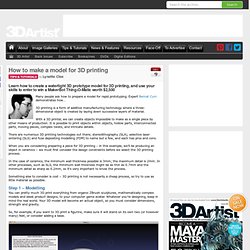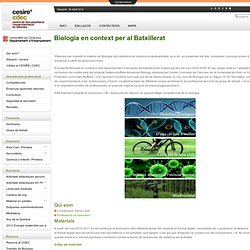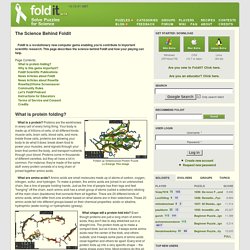

Index. In Silico Biology. European Atlas of the Seas. How to make a model for 3D printing. Many people ask how to prepare a model for rapid prototyping.

Expert Bernat Cuni demonstrates how… 3D printing is a form of additive manufacturing technology where a three-dimensional object is created by laying down successive layers of material. With a 3D printer, we can create objects impossible to make as a single piece by other means of production. It is possible to print objects within objects, hollow parts, interconnected parts, moving pieces, complex twists, and intricate details.
There are numerous 3D printing technologies out there; stereolithography (SLA), selective laser sintering (SLS) and fuse depositing modelling (FDM) to name but a few, and each has pros and cons. When you are considering preparing a piece for 3D printing – in this example, we’ll be producing an object in ceramics – we must first consider the design constraints before we select the 3D printing process. In the case of ceramics, the minimum wall thickness possible is 3mm; the maximum detail is 2mm. DrugBank. UniProt. Www.ebi.ac.uk/intact/ Searching Interactions (Search Tab) As you can see in this tab we are now trying to give you more targeted choice to do your queries, please note that the examples provided in this tab are live links so you can simply click them to see the resulting interactions sets.

Using the Quick Search In this search panel you are free to type anything that might relate to interactions, whether it is properties of their interactor (gene name, identifiers, GO term…) or more specific to the interaction like publication, authors, experimental detection method, ... Some examples: Try the query: imatinib This is a drug for which we have curated a number of interactions. Using the Ontology Search Open the Rearch Tab. Gene Ontology InterPro PSI-MI ChEBI Whenever you start typing a query in this search panel, the system will search as you type and propose a list of matching controlled vocabulary terms. Select a term with the mouse or using the keyboard cursor keys and you will be taken to the interaction tab.
GenBank Home. Home. Www.bioinf.org.uk : Dr. Andrew C.R. Martin's Group at UCL. Main Page - Proteopedia, life in 3D. DICOM files. Selectividad: exámenes de Biología. Biología. Pruebas_practicas_fase_nacional_ejemplos. BIOGEO_OV 2º BACHILLERATO. Ejercicios de autoevaluación y repaso de Biología de 2º de Bachillerato.
Encyclopedia Britannica. Biologia en context per al Batxillerat. Materials per impartir la matèria de Biologia del batxillerat de manera contextualitzada, és a dir, es presenten els fets, conceptes i principis propis d’aquesta disciplina a partir de situacions reals.

El projecte Biologia en context s’està experimentant a les aules de batxillerat de Catalunya des del curs 2004-2005. El seu origen està en l’adaptació al currículum del nostre país del projecte Salters-Nuffield Advanced Biology, elaborat per Centre Curricular de Ciències de la Universitat de York i el Centre de Projectes Curriculars Nuffield, una important iniciativa curricular per tal de desenvolupar un nou curs de Biologia per a l’etapa 16-18.
Tanmateix, com a resultat de l’experimentació a les nostres aules, d’haver constituït la base de diferents cursos de formació de professorat així com de grups de treball, i la col·laboració d’un important nombre de professionals, el projecte original ha anat canviant progressivament. Qui som Coordinació: Sílvia Lope Materials Enllaç als materials. Herbario Virtual del Mediterráneo Occidental. Welcome to the PLANTS Database. DNA from the Beginning - An animated primer of 75 experiments that made modern genetics. The Science Behind Foldit. Foldit is a revolutionary new computer game enabling you to contribute to important scientific research.

This page describes the science behind Foldit and how your playing can help. What is a protein? Proteins are the workhorses in every cell of every living thing. Your body is made up of trillions of cells, of all different kinds: muscle cells, brain cells, blood cells, and more. Inside those cells, proteins are allowing your body to do what it does: break down food to power your muscles, send signals through your brain that control the body, and transport nutrients through your blood.
What are amino acids? What shape will a protein fold into? Why is shape important? What do proteins do? Proteins are present in all living things, even plants, bacteria, and viruses. Photosystem I is a collection of proteins in plants that captures sunlight for photosynthesis.Luciferase catalyzes the chemical reaction that makes fireflies glow.Hemagglutinin helps the influenza virus invade our cells.
Hipertextos del Área de la Biología. Dialnet. Clave dicotómica. Genealogy, Family Trees & Family History Records at Ancestry.com. Árbol Genealógico Gratis - Genealogía e Historia familiar - MyHeritage.